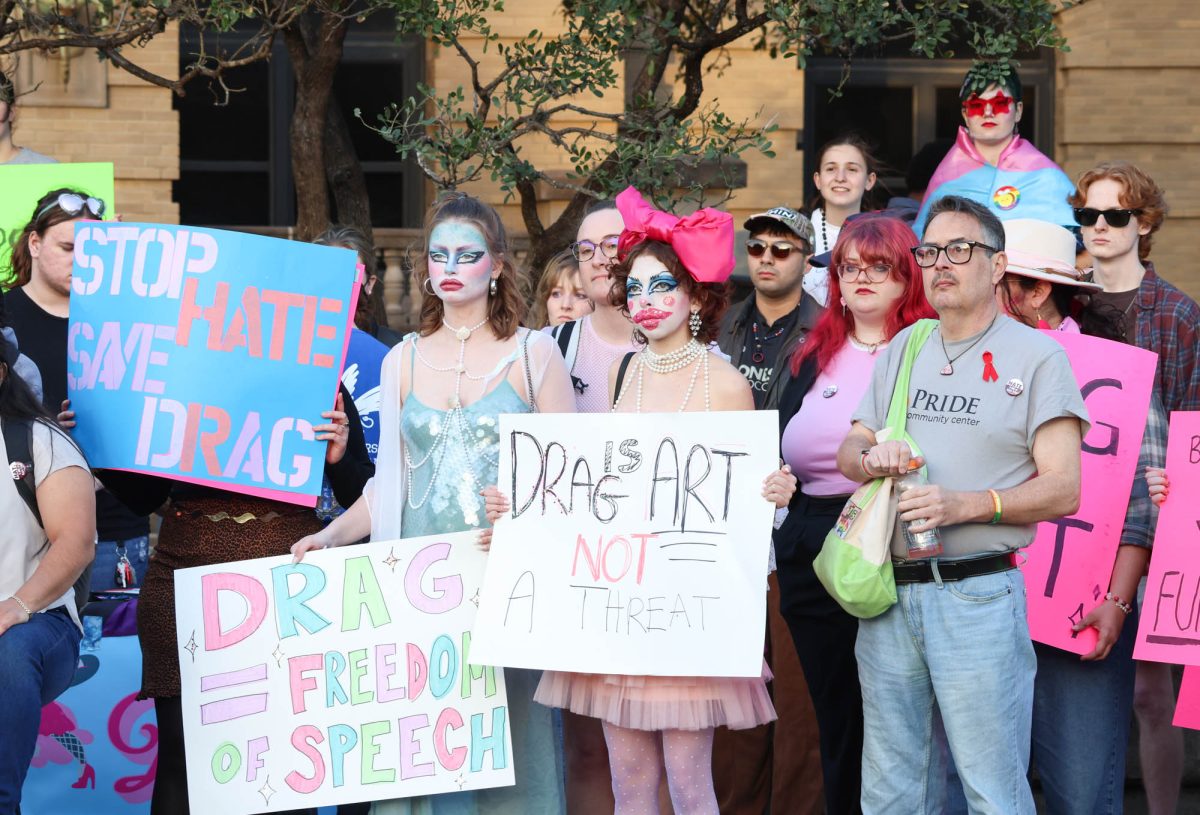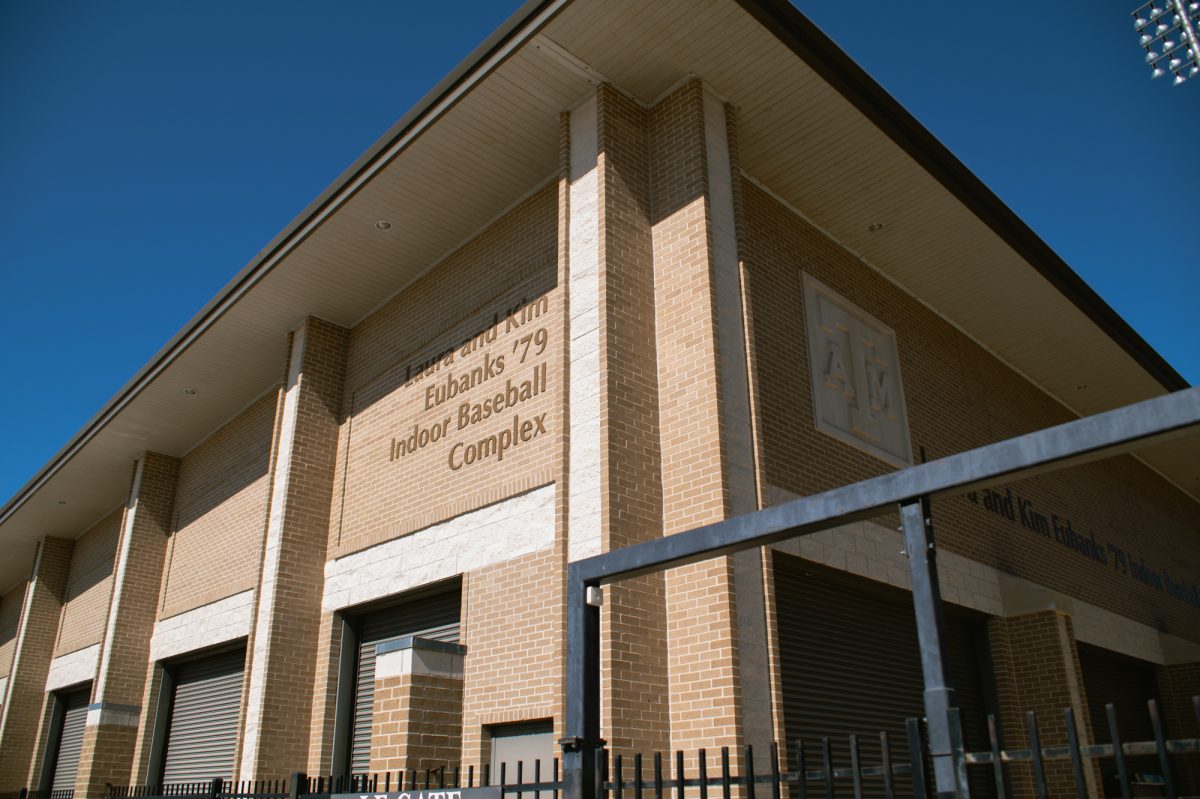After the State Water Implementation Fund for Texas was passed in 2013, the state is now working to educate communities on water conservation projects.
Installing the SWIFT fund involved a one-time transfer of $2 billion from Texas’ Rainy Day Fund to provide affordable loans for water projects in Texas. Legislation directed that at least 10 percent of SWIFT funds go toward projects in rural communities and agricultural water conservation and at least 20 percent of the funds will go toward water conservation and reuse projects.
“This is a historic time in the state of Texas,” State Representative John Raney said at the press conference on Wednesday. “I think we are in a position now to solve some of these [water] problems with the SWIFT Fund.”
Director Kathleen Jackson said water planning in Texas has been in the works for years and she feels this is an area that Texas leads the nation in.
“We know that local communities know the best solutions for their own individual communities, so we bring together [stakeholders] in the water planning process, people from big cities, from rural areas, from the manufacturing sector, from agriculture sector all to sit down and basically look at what do we have available today, what do we feel like we’re [going to] need for 50 years to meet the needs of the folks in our areas and what are the strategies that enable us to do that,” Jackson said.
One of the most exciting things about Texas is the number of different water-related technologies, Jackson said.
“Sea water [desalinate] along the coast, brackish de-sal across areas where Texas farmers will tell you there is an ocean of water underneath Texas, we just need to harvest it,” Jackson said.
Doug Shaw, agriculture and rural Texas ombudsman for the Texas Water Development Board, TWDB, said he has heard several legislatures say the idea behind SWIFT was to get Texas to be more proactive, instead of reactive in response to drought.
“So we have this process where we look forward, look into the future, kind of identify future water needs, future water demands and outlying projects to meet those needs,” Shaw said. “So now we have a source of funding specifically to fund projects that come out of that process.”
The only eligible projects are those recommended water management strategies in the 2012 State Water Plan and the funds provided would go toward planning, acquisition, designing and construction costs to conserve and reuse water, desalinating groundwater and seawater, developing reservoirs and other strategies.
“There are basically three types of loan programs,” Shaw said. “The first is low-interest loans, then deferred loans, then board participation. As Director Jackson mentioned, we’re going to have about $800 million available the first year, and I believe for the next 10 years we’ll have about $800 million a year.”
Projects will be prioritized based on four major considerations and six other criteria categories. The highest consideration will be given to projects that will serve a larger population, provide assistance to a diverse urban and rural population, provide regionalization, and meet a high percentage of water supply needs of users to be served by the project.
Additional criteria is local contribution, financial capability of the applicant to repay, emergency need, readiness to proceed, demonstration or projected effect of the project on water conservation, including preventing water loss, and priority assigned by regional water planning group.
Jackson said TWDB is very excited about the opportunities ahead.
“We feel like the key is helping local communities to become engaged in the process,” Jackson said. “We’re very appreciative of the community leadership that is here today, because like so many other things that you work on, whether it is a school bond issue or whether it’s water for Texas, you are the ones that have the vision and the leadership role. Ask the right questions and make sure that your community is engaged and doing the kind of projects and working with us to make sure that we have water for the future.”
Water For the Future
December 10, 2014
0
Donate to The Battalion
$1765
$5000
Contributed
Our Goal
Your donation will support the student journalists of Texas A&M University - College Station. Your contribution will allow us to purchase equipment and cover our annual website hosting costs, in addition to paying freelance staffers for their work, travel costs for coverage and more!
More to Discover









